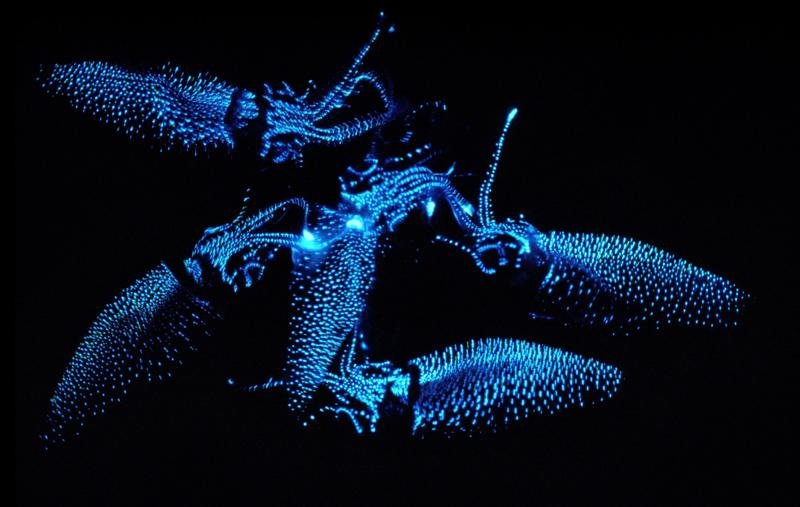Nature’s hackers: 5 animals that cheat evolution for their own gain
Nature is filled with captivating examples of adaptive instincts that guide animals to survive and reproduce. Today, we will explore 5 intriguing animals that "hack" the adaptive traits of other organisms to gain a competitive edge.
1. Bluestreak Cleaner Wrasse
The Bluestreak Cleaner Wrasse is renowned for its mutualistic relationship cleaning the teeth of larger fish, and even humans!
However, some females of this species display a deceptive behaviour known as "cheating." Instead of providing cleaning services, these wrasses engage in opportunistic feeding. By performing the typical cleaning dance, they trick big fish into opening their mouths, but then bite off small pieces of the larger fish! Obtaining a quick meal while avoiding retaliation.
This cheating behaviour, which I find really sad, shows the wrasse can take advantage of the wonderful trust mechanism established between cleaner fish and their clients.
2. Orchid Mantis



The orchid mantis showcases remarkably beautiful adaptive mimicry. It has evolved to resemble the coloration and body structure of orchid flowers, effectively camouflaging itself within the environment. The mantis lures unsuspecting prey, such as bees and butterflies, into its elaborate ambush.
3. Mimic Octopus
The mimic octopus is a master of camouflage and deception. It possesses the incredible ability to change its colour, shape, and even behaviours to imitate a variety of other animals, such as venomous lionfish, sea snakes, jellyfish, and even crabs!. It further vanishes from sight by camouflaging itself with the surrounding environment, blending seamlessly with coral reefs or sandy seabeds. To entice unsuspecting prey, it can stretch out its arms and display enticing movements, successfully attracting small fish or crustaceans within reach for a swift capture.
These mimic behaviours are too complex to be inherited routines, but are instead learnt through their analysis of the sea creatures they encounter.
4. Firefly mating deception
Certain fireflies employ deceptive tactics to exploit the mating behaviour of other firefly species. Females mimic the mating patterns of other firefly species to attract and prey upon unsuspecting males looking for a mate.
5. The Firefly Squid
In the dark depths of the ocean, this species employs a captivating strategy using its bioluminescent light organs called photophores. By flashing specific patterns, the firefly squid tricks its prey into mistaking the light for the shimmering surface of the ocean. Instinctively drawn to the light, the prey swim upward, unknowingly swimming straight into the waiting tentacles of the firefly squid.
I hope you enjoyed this edition, let me know your thoughts, or recommendations for future newsletters below. Thank You!




